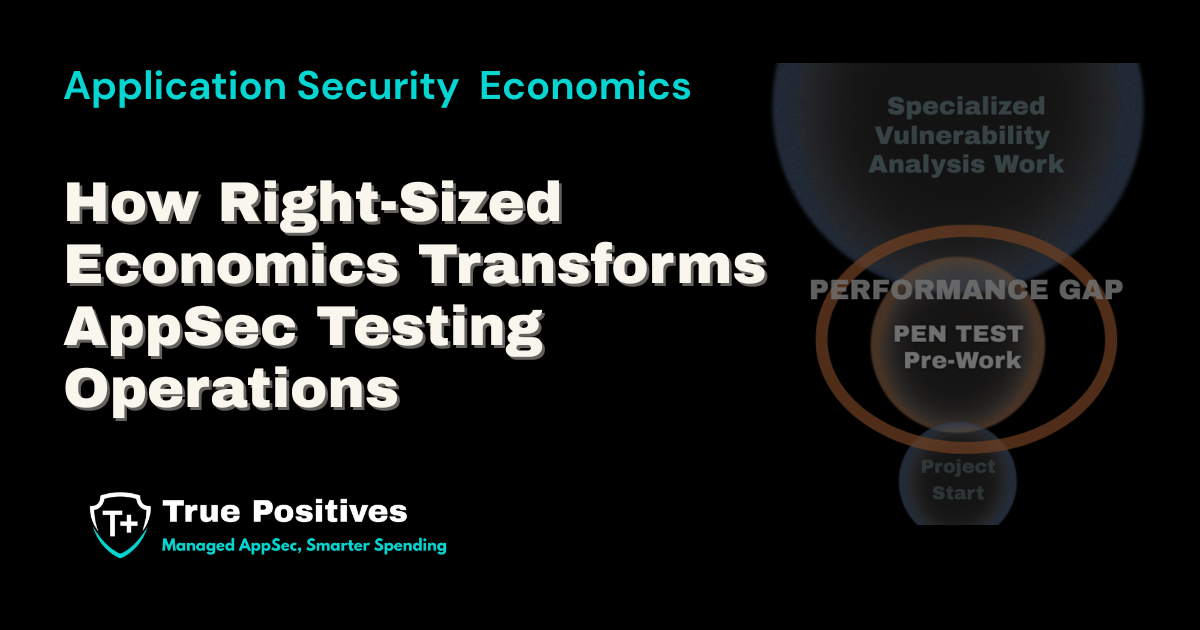A Deep Dive into Zero Trust Security Models
In today's interconnected world, traditional security paradigms are becoming increasingly inadequate. The rise of sophisticated cyber threats and the proliferation of remote work have made it imperative to rethink how we protect our digital assets.john
Enter the Zero Trust Security Model, a revolutionary approach that challenges the old adage of "trust but verify" by advocating for a "never trust, always verify" mindset. This comprehensive guide will explore the nuances of Zero Trust, its principles, benefits, implementation strategies, and challenges.
What is Zero Trust Security?
Understanding the Concept
The Zero Trust Security Model is a framework that assumes no implicit trust within or outside an organization's network. Every access request, regardless of its origin, must be authenticated, authorized, and continuously validated. This model stands in stark contrast to traditional perimeter-based security models that primarily focus on keeping threats out of the network while assuming internal actors are inherently trustworthy.
Historical Context
The concept of Zero Trust was first articulated by John Kindervag, a former Forrester Research analyst, in 2010. Kindervag observed that traditional security models were failing to protect against advanced persistent threats and insider attacks. His research led to the development of Zero Trust, emphasizing the need for strict verification processes and least privilege access.
Core Principles of Zero Trust
1. Verify Explicitly
Zero Trust mandates continuous verification of user identities, device statuses, and access permissions. This involves multi-factor authentication (MFA), context-based authentication, and regular audits of access controls.
2. Use Least Privilege Access
Granting users the minimum level of access necessary to perform their tasks reduces the potential damage from compromised accounts. Role-based access control (RBAC) and just-in-time (JIT) access are critical components of this principle.
3. Assume Breach
Zero Trust operates under the assumption that breaches are inevitable. This mindset encourages proactive monitoring, rapid incident response, and minimizing the blast radius of security incidents through network segmentation and micro-segmentation.
Benefits of Zero Trust Security
Enhanced Security Posture
By requiring continuous verification and adhering to the principle of least privilege, Zero Trust significantly reduces the risk of unauthorized access and lateral movement within the network. This makes it harder for attackers to exploit vulnerabilities and gain control over critical systems.
Improved Compliance
Zero Trust frameworks align well with regulatory requirements such as GDPR, HIPAA, and PCI-DSS, which emphasize data protection, access control, and breach reporting. Implementing Zero Trust can streamline compliance efforts and reduce the risk of regulatory fines.
Scalability and Flexibility
Zero Trust models are well-suited for modern, dynamic IT environments. They can accommodate the increasing use of cloud services, remote work, and bring-your-own-device (BYOD) policies by securing access at the granular level.
Implementing Zero Trust Security
Assess Your Current Security Posture
Before transitioning to a Zero Trust model, it's crucial to evaluate your current security landscape. This includes identifying assets, mapping data flows, assessing existing security controls, and understanding the threat landscape.
Develop a Zero Trust Architecture
Creating a Zero Trust architecture involves defining security policies, segmenting the network, and implementing robust access controls. Key components include:
- Identity and Access Management (IAM): Centralized management of user identities and access permissions.
- Network Segmentation: Dividing the network into smaller, isolated segments to limit the spread of potential breaches.
- Endpoint Security: Ensuring that all devices connecting to the network meet security standards.
- Data Protection: Implementing encryption and data loss prevention (DLP) measures.
Continuous Monitoring and Analytics
Zero Trust relies heavily on continuous monitoring and analytics to detect and respond to anomalies in real-time. This involves:
- Security Information and Event Management (SIEM): Aggregating and analyzing security events from various sources.
- User and Entity Behavior Analytics (UEBA): Leveraging machine learning to identify unusual behavior patterns.
- Threat Intelligence: Integrating threat intelligence feeds to stay ahead of emerging threats.
Challenges and Considerations to Zero Trust
Complexity and Cost
Implementing a Zero Trust model can be complex and resource-intensive. It requires significant investment in technology, training, and process changes. Organizations must be prepared for a potentially lengthy and costly transition period.
Organizational Resistance
Shifting to a Zero Trust model often necessitates a cultural change within the organization. Employees and stakeholders may resist new security protocols and processes, especially if they perceive them as cumbersome or intrusive. Effective communication and training are essential to overcome this resistance.
Integration with Legacy Systems
Many organizations still rely on legacy systems that may not be compatible with Zero Trust principles. Integrating these systems into a Zero Trust framework can be challenging and may require additional investment in technology upgrades or replacements.
Best Practices for Zero Trust Implementation
Start Small and Scale Gradually
Rather than attempting a wholesale shift to Zero Trust, start with a pilot project in a specific area of the organization. This allows you to test the framework, identify challenges, and refine your approach before scaling up.
Leverage Automation
Automation is a key enabler of Zero Trust. Automating tasks such as access provisioning, monitoring, and incident response can enhance efficiency and reduce the risk of human error.
Foster a Security-First Culture
Promote a culture of security awareness and responsibility across the organization. This includes regular training, clear communication of security policies, and encouraging employees to report suspicious activities.
Zero Trust Models – Final Thoughts
The Zero Trust Security Model represents a paradigm shift in how we approach cybersecurity. By prioritizing continuous verification, least privilege access, and assuming breaches are inevitable, Zero Trust provides a robust framework for protecting digital assets in an increasingly complex threat landscape.
While implementing Zero Trust can be challenging, the benefits in terms of enhanced security, compliance, and scalability make it a worthwhile investment for organizations of all sizes.
.png)
About True Positives
True Positives is a cybersecurity services firm focused on application security. Our team possesses over 100 years of combined enterprise AppSec and DevSecOps expertise. Through our flagship managed services, organizations access enterprise-grade security testing without internal overhead. Our value-added reseller partnerships enable enterprises to construct robust in-house programs with proven tooling and implementation expertise. Serving clients in either capacity, we focus on strengthening security assurance while maintaining development velocity and optimizing program costs. Contact us to discuss your security testing requirements.
%2008%2014%202025%20(4).webp?width=1200&height=400&name=Copy%20of%20%20T%2B%20Logo%20Webpage%20Header%20(500X170)%2008%2014%202025%20(4).webp)


